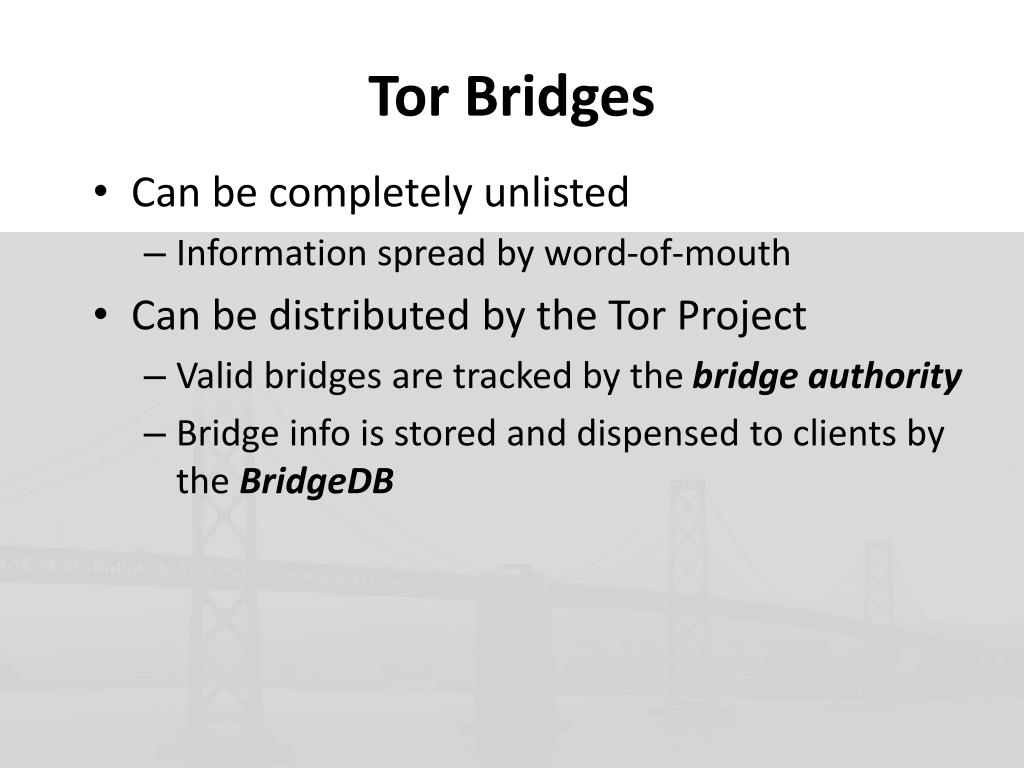

Your relay will just pass packets around within the Tor network and will never be visible for hosts outside the Tor network. This is the most simple operating modes and very safe. It will decrypt the received packet from the Tor network and the packet will get on the Internet.īecause the servers will see the IP address of your Tor relay, this may be cause trouble, depending on your region. In other words, your router's external IP is the one the traffic will appear to come from. This makes you the Exit Point for the network.

Exit-NodeĪn exit-node relay (or just exit-node) is a relay that sends packets to the servers other clients of the Tor networks want to connect to. In addition to that, you may configure your relay to provide additional services. International Journal of Information Security, 8(2):121-135, 2009.Before you start running your Tor relay, you need to know which different operation modes there are and which one you want to use.Īll Tor relays transport packets within the Tor network. Silent Knock: practical, provably undetectable authentication. Covert channels in the TCP/IP protocol suite. We have implemented BridgeSPA as a working proof-of-concept, which is available under an open-source licence.

Before this authorization takes place, the bridge will not reveal whether it is online. A client using BridgeSPA relies on innocuous single packet authorization (SPA) to present a time-limited key to a bridge. We present BridgeSPA as a method to mitigate this issue. If a bridge operator also browses with Tor on the same machine, this information may be sufficient to deanonymize him. An adversary that hoards this information may use it to determine when each bridge is online over time. Unfortunately, issues with Tor's bridge implementation make it easy to discover large numbers of bridges. To deal with such an adversary, Tor uses bridges, which are unlisted relays that can be used as alternative entry points into the Tor network.

In response, some local adversaries restrict access to Tor by blocking each of the publicly listed relays. This indirection makes it difficult for a local adversary to determine with whom a particular Tor user is communicating. Tor clients form circuits through relays that are listed in a public directory, and then relay their encrypted traffic through these circuits. Tor is a network designed for low-latency anonymous communications.


 0 kommentar(er)
0 kommentar(er)
